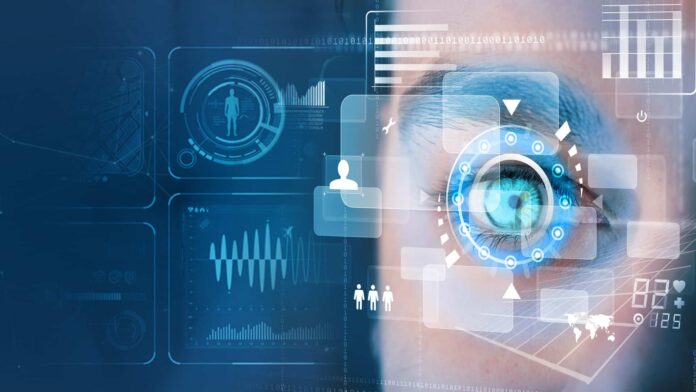An image is “processed” and in image processing when modifications were done to an input image then the result is returned.
Transformation utilized is determined by the circumstance and problem to be solved, a picture or a video is borrowed as input in computer vision, and the goal is to understand comprising infer something about the image and its volumes. Some of the tasks in computer vision are solved using image processing methods.
For illustration, if the intention is to improve an image for later practice, this is referred to as Image Processing, if the objective is to Computer vision that is obtained to simulate human vision, such as item recognition, flaw detection, or automatic driving between six and seven million cone cells make up a human eye, each of which contains one of three color-sensitive proteins known as opsins.
When photons of light strike these opsins, they alter the shape, sparking a chain reaction that impacts electrical signals, which are then sent to the brain for interpretation. It’s a tremendously intricate technique, and creating a machine that can read it at a human level has always been tough.
The purpose behind today’s machine vision systems is to emulate human vision for pattern recognition, face recognition, and turning 2D imagery from a 3D world into 3D. The bulk of image processing contains regardless of any intelligent interpretation served over the image itself, connected to the use and application of mathematical functions and transformations over images Simply said, it means that an algorithm performs image alterations.
An image is a two-dimensional signal made up of rows and columns of pixels for a computer. In some cases, the input of one form can be transformed into another. Magnetic Resonance Imaging (MRI), for example, records ion excitation and modifies it into a visual image.
The term “computer vision” cites the modeling of image processing using Machine Learning techniques to analyze images, computer vision uses machine learning to recognize patterns. Visual reasoning, for example, is a similar approach.
We can distinguish between objects, classify them, order them by size, and so on, thanks to the power of human eyesight. Computer vision, like image processing, accepts images as input and outputs data such as size, color intensity, and so on. Computer vision is a subset of image processing, that employs image processing techniques to simulate human vision on a substantial scale.
For instance, if the purpose is to boost the image for later use, this may be referred to as image processing. And it’s called computer vision if the purpose is to recognize objects and flaws for automatic driving.
Follow and connect with us on Facebook, LinkedIn & Twitter

